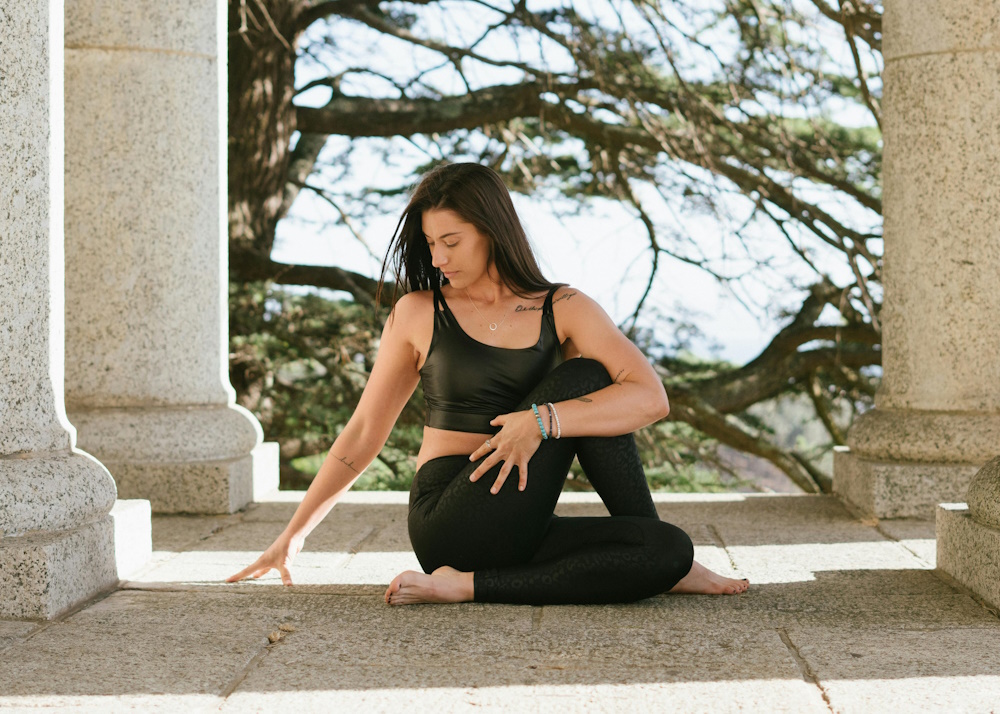Pilates is a fantastic form of exercise known for its ability to improve flexibility, core strength, and overall body awareness. Whether you’re a beginner or an experienced practitioner taking on challenging Pilates routines, it’s important to prioritize safety to prevent common injuries that can occur during these exercises. In this comprehensive guide, we will explore strategies to avoid injuries and ensure a safe Pilates experience.
What are the common injuries from Pilates?
While Pilates is generally considered low-impact and safe, injuries can still occur, especially when proper form and technique are not observed. Some common injuries associated with Pilates include:
1. Muscle Strains: Overstretching or overworking muscles can lead to strains, particularly in the neck, back, and hamstrings.
2. Low Back Pain: Poor alignment and excessive arching of the lower back can result in discomfort or pain in the lumbar region.
3. Neck and Shoulder Pain: Incorrect head and neck positioning during exercises can strain the neck and shoulders.
4. Joint Pain: Overloading joints, such as the knees or wrists, without proper support can lead to joint pain and discomfort.
5. Tendonitis: Overuse or repetitive movements can cause inflammation of tendons, leading to conditions like tendonitis.
How can I make Pilates more challenging?
Pilates challenges can vary from person to person, depending on their fitness level and goals. Here are some ways to make your Pilates workouts more challenging:
1. Increase Resistance: Incorporate resistance equipment like resistance bands, Pilates rings, or light weights to add resistance to your exercises.
2. Progressive Exercises: Gradually advance to more complex exercises as you build strength and stability. Work with a certified Pilates instructor who can guide you through progressions.
3. Variations and Modifications: Modify exercises to increase or decrease their difficulty. For example, leg lifts can become more challenging when performed with ankle weights.
4. Balance and Stability: Incorporate balance exercises and stability challenges, such as exercises on an unstable surface like a balance ball or foam roller.
5. Core Focus: Emphasize core-focused exercises, as a strong core is essential for more advanced Pilates movements.
6. Faster Tempo: Increase the tempo of your exercises to engage muscles more intensely.
How can we prevent injuries in performing exercises?
Preventing injuries during Pilates challenges is essential for a safe and effective practice. Here are some tips to help prevent injuries:
1. Warm-Up: Always start your Pilates session with a proper warm-up. Gentle stretches and movements can prepare your body for more intense exercises.
2. Proper Form: Focus on maintaining proper form and alignment throughout each exercise. Avoid rushing through movements and prioritize quality over quantity.
3. Breathing: Incorporate proper breathing techniques to support your movements and reduce tension.
4. Progress Gradually: Gradually increase the intensity and complexity of your exercises as your strength and flexibility improve. Don’t rush into advanced movements.
5. Listen to Your Body: Pay attention to any discomfort or pain during exercises. If something doesn’t feel right, stop the exercise and consult with a qualified instructor or healthcare professional.
6. Stay Hydrated: Proper hydration is crucial for muscle function and overall well-being. Drink water before, during, and after your Pilates session.
7. Rest and Recovery: Allow your body adequate time to recover between sessions. Overtraining can lead to injuries.
8. Qualified Instruction: Work with a certified Pilates instructor who can guide you through exercises, correct your form, and provide modifications when needed.
Why am I in so much pain after Pilates?
Experiencing muscle soreness after a Pilates session is common and often referred to as “delayed onset muscle soreness” (DOMS). It’s a natural response to the stress placed on your muscles during exercise, particularly when trying new or challenging movements. While mild soreness is normal, excessive or prolonged pain may indicate overexertion or incorrect form.
To reduce post-Pilates soreness:
· Hydrate well before and after your workout.
· Incorporate a cool-down and gentle stretching.
· Apply ice or heat to sore areas as needed.
· Allow your body time to recover before engaging in intense exercise again.
In summary, Pilates challenges can be a highly effective way to improve strength, flexibility, and overall fitness. However, it’s crucial to prioritize safety and proper technique to avoid common injuries. By warming up, maintaining proper form, gradually progressing, and listening to your body, you can enjoy the many benefits of Pilates without the risk of injury. Remember that a qualified instructor can provide invaluable guidance and ensure a safe and challenging Pilates experience.
